INFOS & SERVICE
OUR OTHER WEBSITES
Arrive in Chengdu
Enjoy Chengdu leisurely daily life, Kuanzhai Xiangzi, drink tea in People’s Park
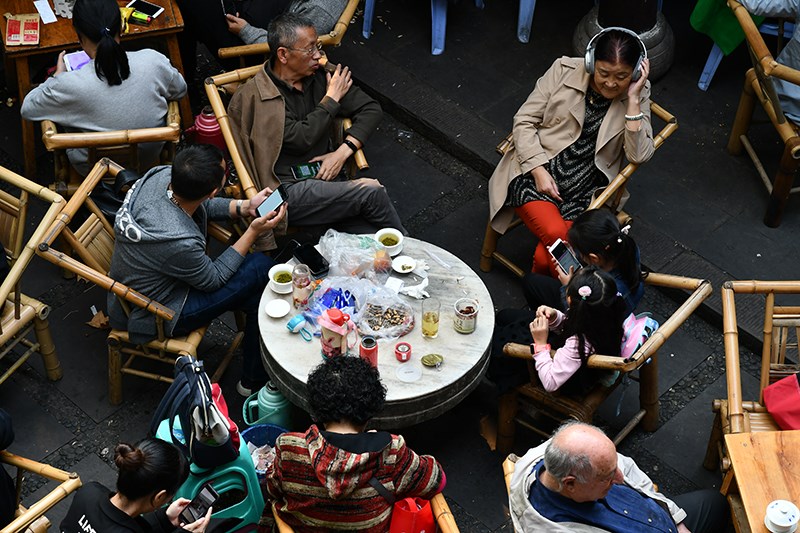
Chengdu - Dujiangyang - Wolong - Siguniang Shan Town
Dujiangyan Irrigation System, Panda in Wolong, Sunset of Mt. Siguniangshan
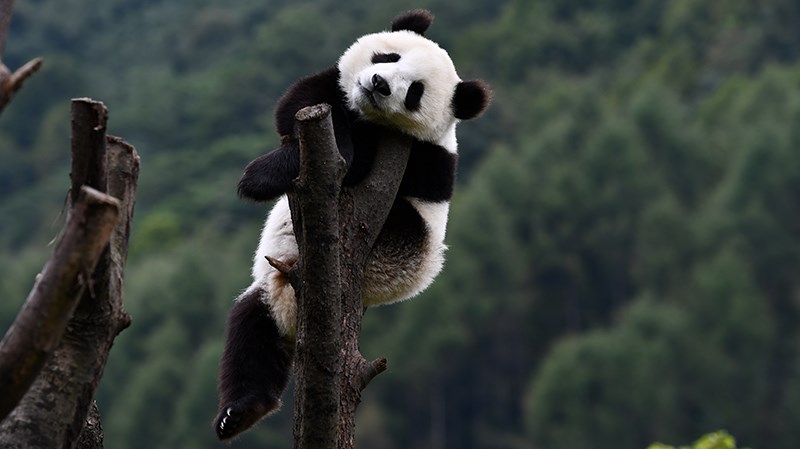
Siguniang Shan Town – Wolong – Taoping
Sunrise of Sguniangshan, Shuangqiao Valley
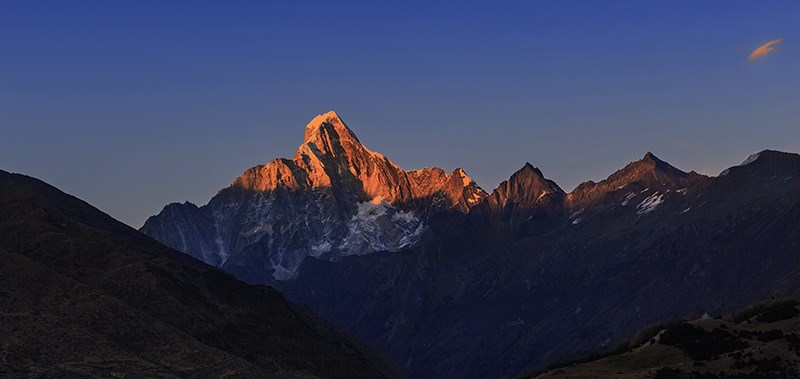
Taoping – Maoxian – Songpan – Jiuzhaigou
Taoping Village of Qiang Minority, Songpan Ancient Town
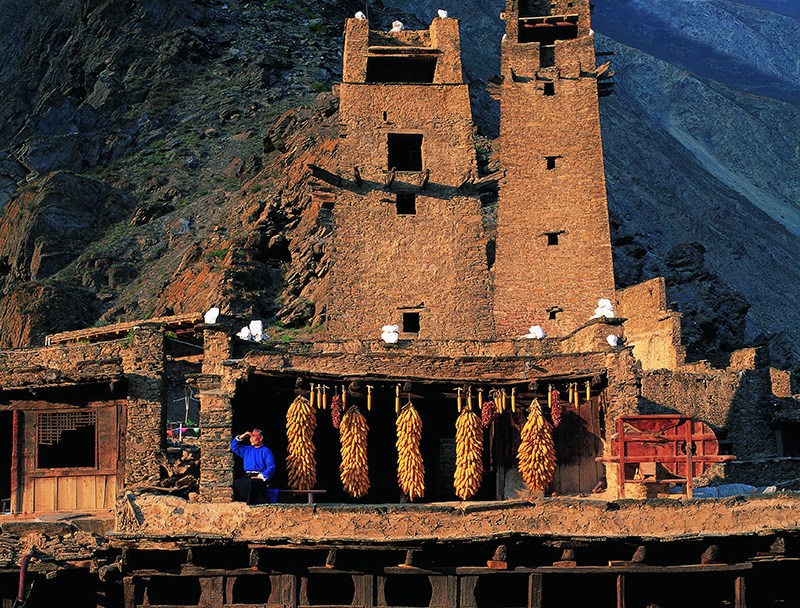
Jiuzhaigou
Walking and sightseeing in national park Jiuzhaigou
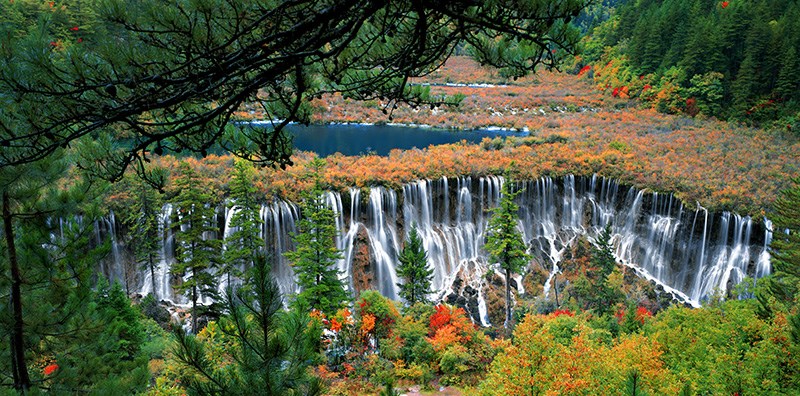
Jiuzhaigou - Huanglong – Chuanzhu Si
Walking and sightseeing in national park Huanglong (Yellow Dragon)
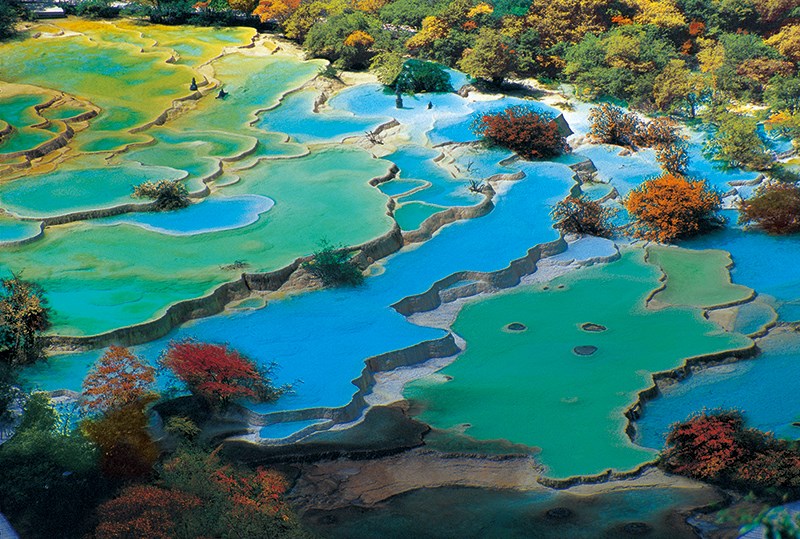
Chuanzhu Si – Ruoergai – Tiebu
Watch Sichuan sika deer in Tiebu Nature Reserve
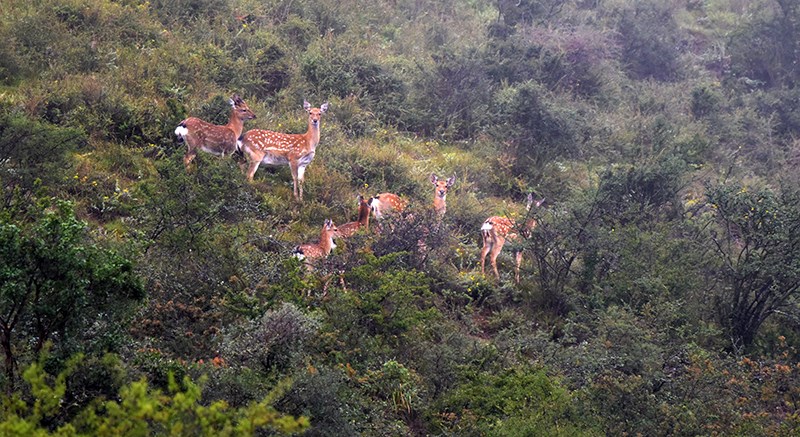
Tiebu – Langmusi
Watch Sichuan sika deer in Tiebu Nature Reserve. Monastery Taktsang Lhamo
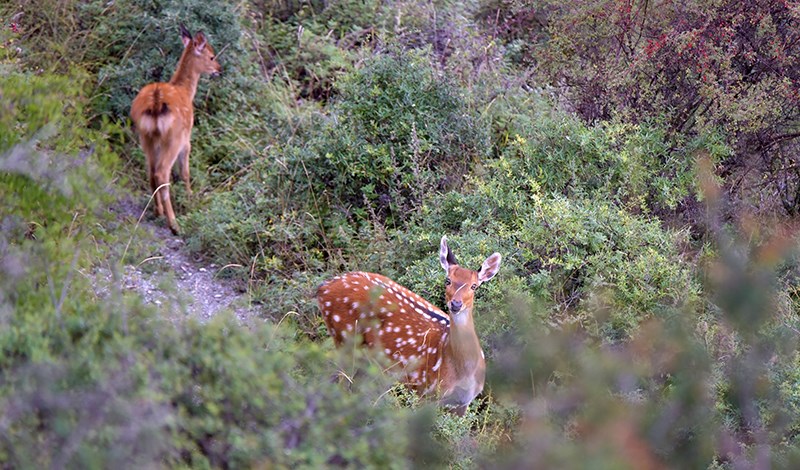
Langmusi – Hezuo – Xiahe
Milarepa Monastery. Labrang Monastery
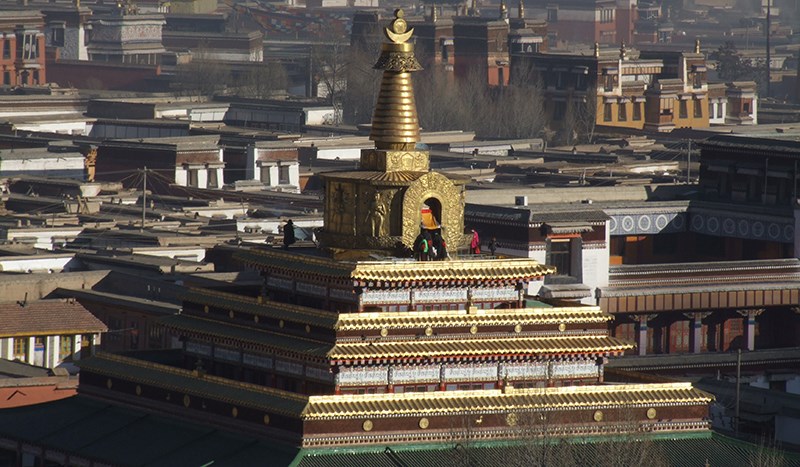
Xiahe – Tongren – Xining
Longwu Monastery, Tibetan Rebgong Art

Leave Xining
Kumbum Monastery, Grand Dongguan Mosque. Travel to next destination
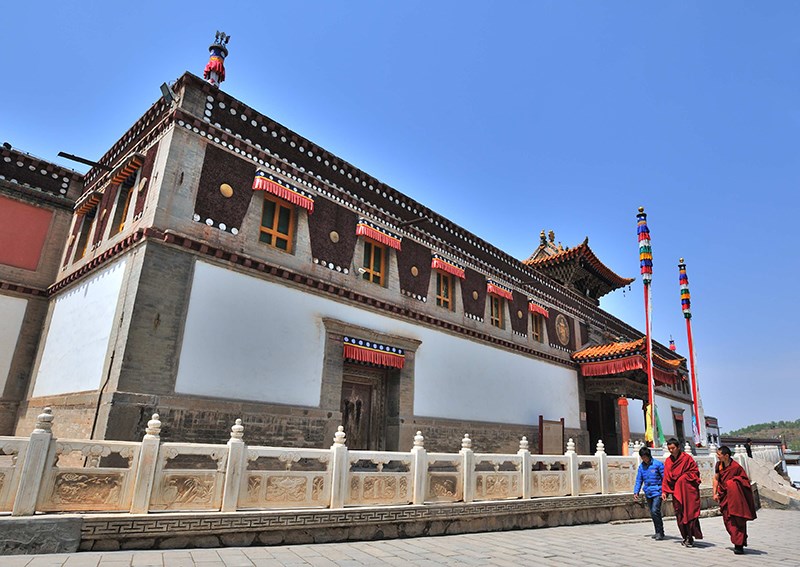
Private travel, great experiences! Please contact us for your tailor-made travel offer.
With individual China Tibet travel, you can decide when, where and how you go on tour by yourself. What's more, you can choose the length of travel and whom you go with.